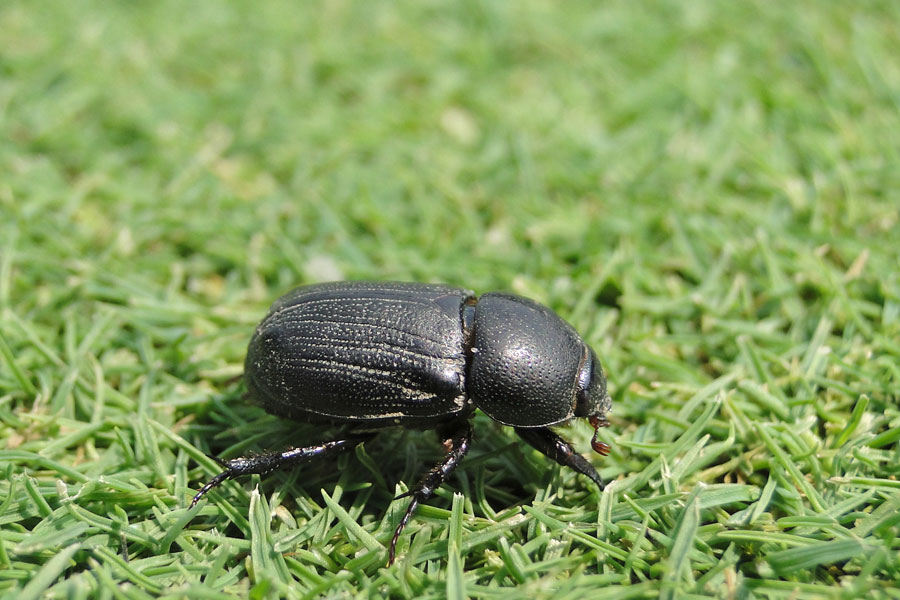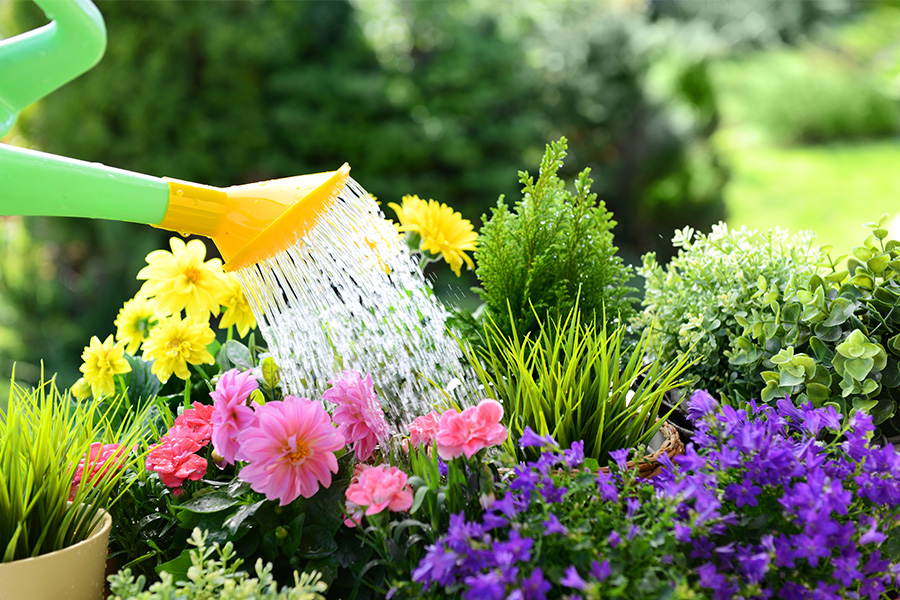Pesticide
-

By their nature, pesticides are hazardous and demand cautious handling. When they are used properly, however, pesticides improve the quality of our food supply, protect our health and increase our comfort with little risk to the environment and non-target living things. The most important consideration for the safe, effective use of pesticides is to follow all label directions and safety precautions.
Timothy Daly and Keith S Delaplane
|
-

The sugarcane beetle has been a significant pest of many crops, including sugarcane, corn, sweet potato, and rice, for more than 100 years. It is a native species commonly found in turfgrass. While low numbers of beetles in an area generally are not regarded as pests, increasing numbers of adult beetles have been causing damage to turfgrass stands throughout the Southeastern U.S.
The adult sugarcane beetle is about ½ in. long, and is black with small punctures along the elytra, or wing covers, that create long, lengthwise stripes. Its first pair of legs have four serrations that make the beetle a strong digger. As a result, adults are known to damage asphalt roofs, door gaskets, and other soft structural elements
when lights attract them to buildings. The larvae of sugarcane beetles are C-shaped grubs, which are similar in appearance to other white grub species. Third-instar larvae can reach up to 1¼ in. long and are identified by their creamy white bodies with reddish-brown head capsules.William G. Hudson, Clint Waltz, and Shimat V. Joseph
|
-

This resource provides guidelines for the care of established ornamental plants in the landscape. Low-maintenance alternatives to traditional cultural practices are discussed throughout.
Bodie V. Pennisi
|
-

The purpose of this guide is to help users identify insects, spiders and mites that are beneficial to the garden. Such beneficials help manage pests that can damage plants. Tips to conserve and protect beneficials are also included.
S. Kris Braman
|